When it comes to turning off the light whenever it is not needed, it is sometimes difficult to be disciplined, especially when many people use the room. A motion sensor may be the solution. Its operation can be combined with a dusk sensor, which will automatically turn on the light at the right moment. How it's working? Read below!

From this article you will learn:
- how the motion sensor works;
- in what applications it works best;
- why combining a motion sensor with a twilight sensor is a good solution.
Types and operation of motion sensors
A motion sensor is a device used to automatically and temporarily turn on the lighting when people or vehicles appear in specific places , such as corridors, courtyards, driveways, garages, etc. Due to their design and possible applications, we distinguish two basic types of motion sensors, which we present: below.
PIR sensor (passive infrared sensor)
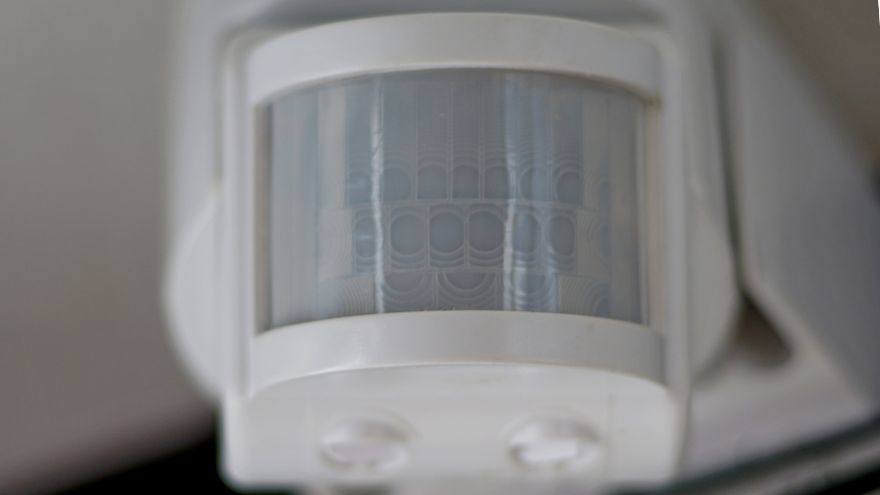 The PIR (passive infra red) sensor detects movement based on changes in the thermal energy of objects in the detection area . The principle is similar to, for example, night vision goggles - the pyroelectric sensor measures infrared light emitted by people and objects and turns on the light when an increase in temperature is detected. Defects? Such a sensor can be activated by a light bulb turning on or a gust of warm air, but its effectiveness decreases at high temperatures (on hot days, a moving person is only slightly "warmer" than the surroundings). A slow moving object or a stopped object may also disturb the sensor. It works best in rooms, especially those with constant and moderate temperatures. In conditions above 35° C it becomes virtually useless.
The PIR (passive infra red) sensor detects movement based on changes in the thermal energy of objects in the detection area . The principle is similar to, for example, night vision goggles - the pyroelectric sensor measures infrared light emitted by people and objects and turns on the light when an increase in temperature is detected. Defects? Such a sensor can be activated by a light bulb turning on or a gust of warm air, but its effectiveness decreases at high temperatures (on hot days, a moving person is only slightly "warmer" than the surroundings). A slow moving object or a stopped object may also disturb the sensor. It works best in rooms, especially those with constant and moderate temperatures. In conditions above 35° C it becomes virtually useless.
Microwave motion sensor
A microwave sensor, also called a radar or Doppler sensor, emits and receives electromagnetic radiation . The emitted waves are reflected from objects in the detection field, and changes in the received "image" are registered as movement. It can be said that a microwave motion sensor is a "stationary bat" because the principle of recognizing the surroundings is similar and involves scanning using waves (but the bat uses mechanical, ultrasonic waves). This type of sensor is insensitive to ambient temperatures and difficult weather conditions , and can also operate despite barriers (even through walls), but it consumes more energy than its infrared counterpart and operates at intervals. This means that some objects - especially fast-moving ones - can slip through the detection area without being detected.
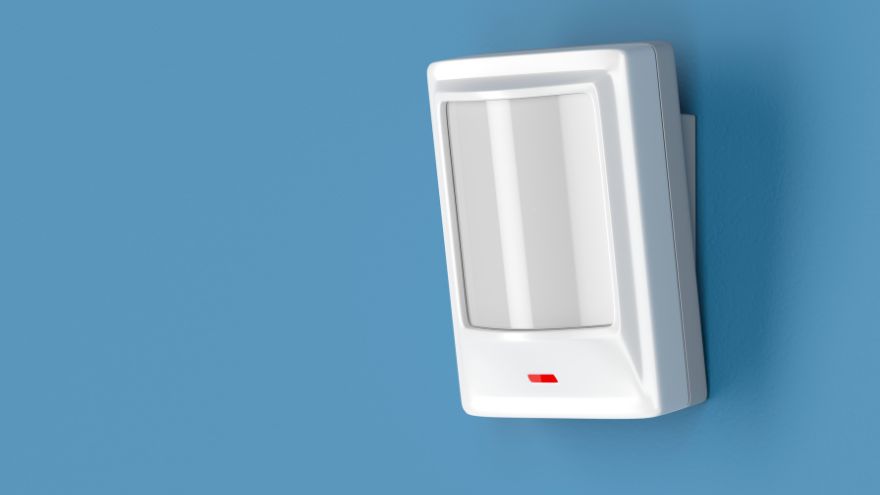 There are also ultrasonic and laser sensors, which generally operate similarly to microwave sensors , but using different types of waves. A special case are vision sensors, which are actually cameras, but equipped with software that allows them to detect motion based on image analysis using appropriate algorithms. They are used primarily in security systems, e.g. to detect the presence of unauthorized persons .
There are also ultrasonic and laser sensors, which generally operate similarly to microwave sensors , but using different types of waves. A special case are vision sensors, which are actually cameras, but equipped with software that allows them to detect motion based on image analysis using appropriate algorithms. They are used primarily in security systems, e.g. to detect the presence of unauthorized persons .
Dusk sensor as a complement and support for the motion sensor
Many motion sensors are integrated with twilight sensors. This seems logical - turning on the light whenever an object is detected is not necessary, at least not in all conditions . Open spaces and many rooms are illuminated by sunlight during the day, so if motion sensors are used to automatically turn on the lights, e.g. in the corridors of office or residential buildings, their operation 24 hours a day is not needed. And since the duration of sunlight changes throughout the year (and even from day to day, due to cloud cover) and setting constant lighting activation hours will not work , the twilight sensor seems to be an indispensable addition. Whenever it gets too dark in an area, the system will turn on the light.
Motion sensor adjustment
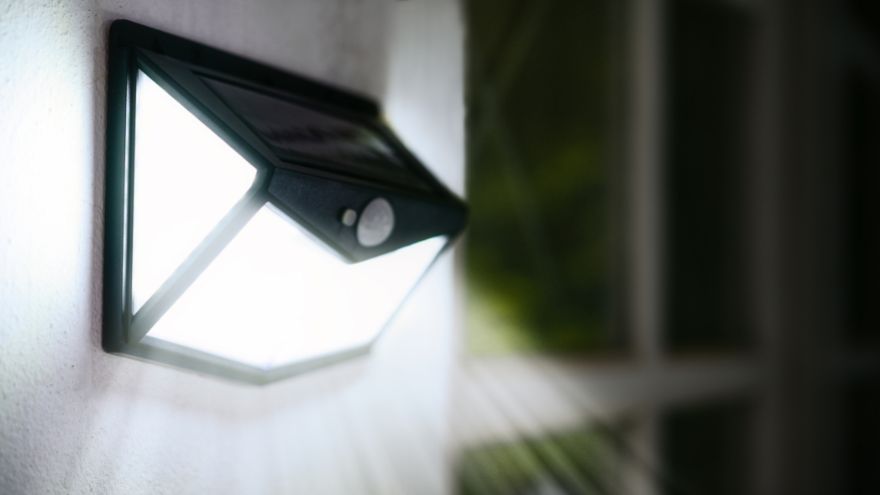 The motion sensor is adjusted using the knobs it is equipped with (manually or using a screwdriver, depending on the model). In this way, you can modify the sensitivity of the device (i.e. extend the temperature range or change the exposure level at which the system considers it "dark") or increase its detection area if, for example, movement in a specific part of the staircase does not turn on the light. The switching time of the device compatible with the sensors is also adjustable - you can program how long the light will turn on based on data from the twilight and motion sensors . It is similar to tuning a musical instrument to produce repetitive sounds at a specific pitch.
The motion sensor is adjusted using the knobs it is equipped with (manually or using a screwdriver, depending on the model). In this way, you can modify the sensitivity of the device (i.e. extend the temperature range or change the exposure level at which the system considers it "dark") or increase its detection area if, for example, movement in a specific part of the staircase does not turn on the light. The switching time of the device compatible with the sensors is also adjustable - you can program how long the light will turn on based on data from the twilight and motion sensors . It is similar to tuning a musical instrument to produce repetitive sounds at a specific pitch.
Installing and connecting the motion sensor
Most motion sensors are devices designed for surface mounting. In the case of wall-mounted sensors, the connection is made similarly, but inside the electrical box.
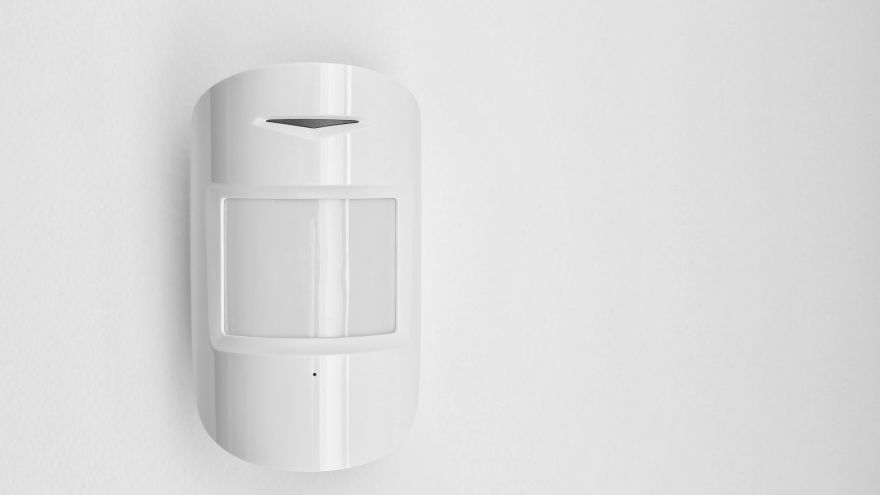 Connecting the motion sensor to lighting or ventilation is the same or very similar in terms of connecting cables, power supply and control. This also applies to connecting sensors made using various technologies. Significant differences appear when it comes to the optimal location of sensors for their proper operation. This is related to both the manufacturing technology and the intended use. The sensor should never be exposed to splashes, dirt or mechanical damage.
Connecting the motion sensor to lighting or ventilation is the same or very similar in terms of connecting cables, power supply and control. This also applies to connecting sensors made using various technologies. Significant differences appear when it comes to the optimal location of sensors for their proper operation. This is related to both the manufacturing technology and the intended use. The sensor should never be exposed to splashes, dirt or mechanical damage.
The motion sensor should be placed in a place that allows motion detection both at the entrance to the room and in every part of it . The exception is connection to a lamp on stairs, corridors and other communication routes, where detection of moving objects at the entrance to the zone is sufficient.
Connecting the motion sensor to LED lamps is the same as with conventional lighting, but remember to choose a properly powered model, because LED systems are often powered by low-voltage direct current .
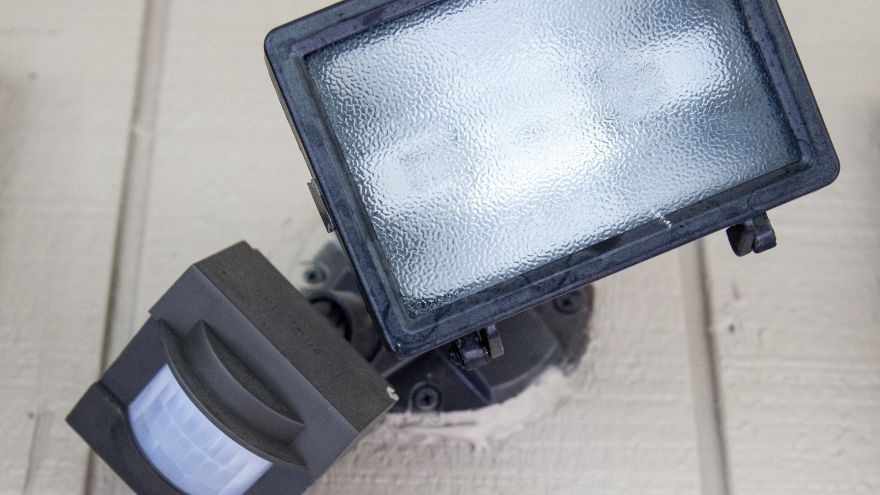 Connecting the integrated motion and twilight sensor must take into account the needs of these devices. The sensor should be mounted, on the one hand, in an optimal position from the point of view of the operation of the motion sensor made using a given technology, but on the other hand, also in a representative place in terms of average exposure, so that the twilight switch is activated at the right moment . Calibration knobs allow you to compromise on these issues.
Connecting the integrated motion and twilight sensor must take into account the needs of these devices. The sensor should be mounted, on the one hand, in an optimal position from the point of view of the operation of the motion sensor made using a given technology, but on the other hand, also in a representative place in terms of average exposure, so that the twilight switch is activated at the right moment . Calibration knobs allow you to compromise on these issues.
Power supply for the motion sensor
The motion sensor can be powered by 230 V (or 12 or 24 V DC, via the voltage converter included in the installation kit) or by battery, with wireless communication (radio or WiFi). The sensor is usually mounted between the power source and the operated receiver , e.g. a lamp. Detailed diagrams of connecting motion sensors to power sources are included in the operating instructions provided by the manufacturer of a specific model. For the device to function properly, these instructions must be strictly followed, taking into account the specificity of the product.
Motion and dusk sensors in the offer of the Onninen installation wholesaler
- Niko Infra Garde 360 AP motion sensor – motion sensor for surface-mounted ceiling installation; range 16 m, tightness class IP44; cost-effective motion sensor for simple applications;
- Niko Swiss Garde 360 Plus RA motion and presence sensor - high detection precision and range thanks to the use of 3 pyrodetectors; remote control of time, lux, range parameters for quick and easy device setting; one remote control for all Swiss Garde sensors; universal use: surface-mounted, flush-mounted, suspended ceiling thanks to accessories; IP55 surface-mounted and flush-mounted thanks to accessory boxes; also available in a square housing;
- Steinel IS 2360-3 ECO motion sensor – three pyrosensors, 360-degree sensor, range up to 24 meters, IP54;
- Steinel IS1B infrared motion sensor – surface-mounted infrared motion sensor; detection angle 120°, range 10 m, IP54; White color;
- BEG indoor motion/presence sensor PD3N-1C-FC – remotely controlled 1-channel presence sensor for lighting control, for indoor applications; circular detection area, 360 degrees, installation in suspended ceilings, IP20.